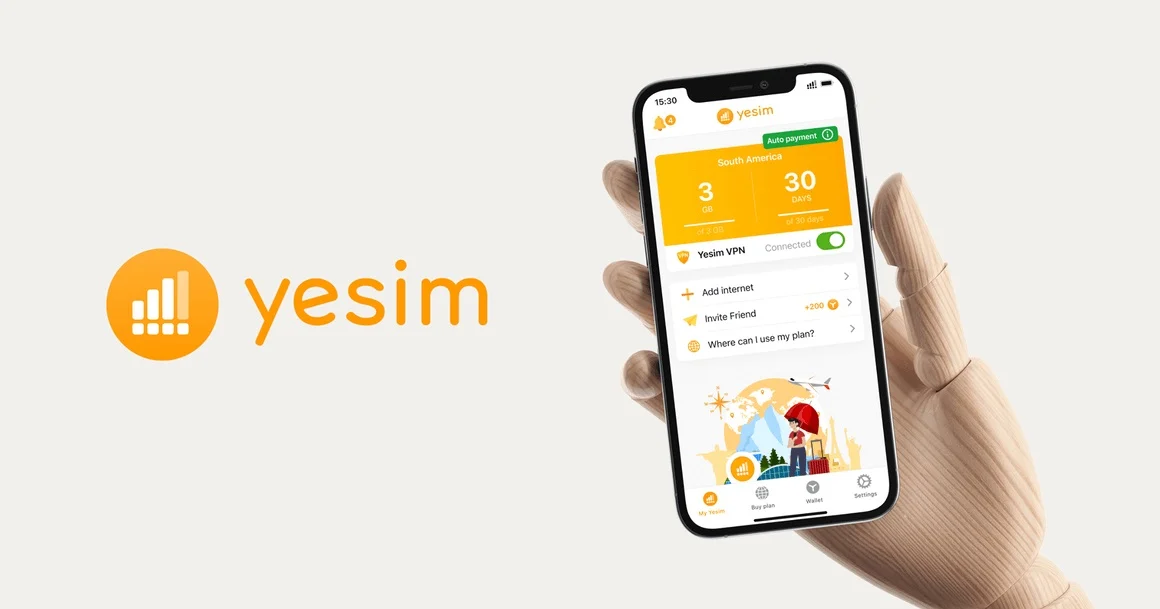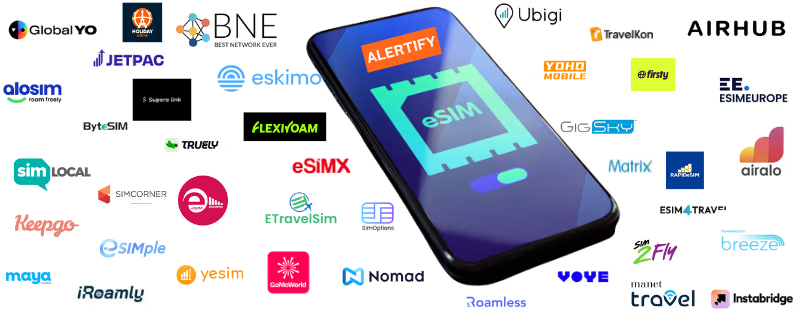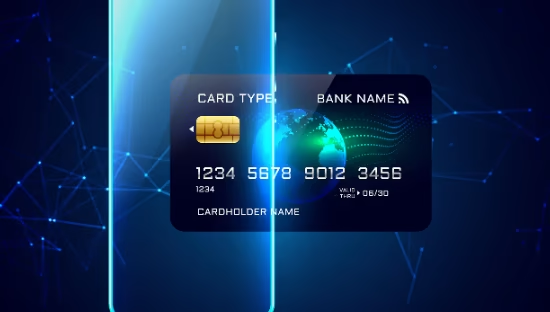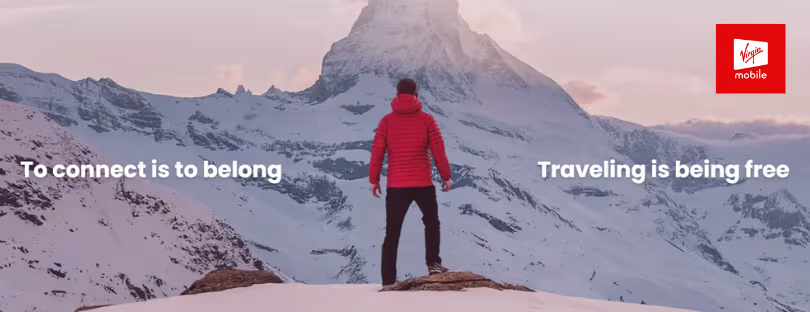
Too Many Choices, Too Little Clarity: The UX Crisis in Travel eSIM Marketplaces
Imagine you’re at the airport, your boarding pass is ready, you’re trying to stay under roaming limits—and now you’re staring at an eSIM marketplace with 87 different travel data plans for Europe.
One promises 1GB in “Western Europe.” Another says “15 countries,” but doesn’t list them until you scroll three screens down. A third claims to be “regional” but only works in five countries. The price difference? A few euros. The frustration? Immense.
Welcome to the UX crisis of travel eSIM marketplaces, where the paradox of choice meets unclear value, and you’re left wondering whether this whole thing was really meant to make travel easier.
Decision Fatigue Is Real
It’s no secret that eSIMs are a game-changer for travelers. No more plastic SIM cards, no more queuing at airport kiosks, and finally—no more horror stories of €800 roaming bills. But for something designed to simplify connectivity, eSIM platforms are getting complicated fast.
Today’s average travel eSIM site offers a mind-bending variety of plans: by country, by region, by number of days, by data caps, and by “speed tiers” (whatever that means). And let’s not forget the fine print—like “unlimited data” that throttles after 1GB.
The end result? Decision fatigue. The same psychological state we face when choosing between 50 cereal brands at the supermarket. The more options we have, the more anxious we get—and the less likely we are to feel satisfied with our choice.
Instead of empowerment, travelers often leave these platforms feeling more confused than connected.
Local? Regional? Global? Pick Your Poison
One of the biggest culprits in this chaos? Unclear labels.
Let’s break down a typical scenario. You’re heading to Italy, with a day trip planned to Switzerland and a possible detour to France. You go on an eSIM marketplace and see:
- “Italy Local Plan – 5GB”
- “Western Europe – 39 Countries”
- “EU Regional eSIM (Excludes Switzerland)”
- “Europe+ Plan (Includes Turkey and UK)”
Now ask yourself: Which one do you pick?
What does “Western Europe” even mean here? Why does one “EU plan” exclude Switzerland, and another “Europe+” plan includes Turkey? These naming conventions may work for developers behind the scenes, but for the traveler—they’re maddening.
Worse still, few platforms offer clear filters. Want to sort plans that include both Italy and Switzerland? Good luck. Most marketplaces expect you to click into every plan, read the country list, squint at a PDF, or scroll endlessly.
This isn’t just a UX issue. It’s a trust issue. If a user can’t confidently tell where their data plan works or what they’re paying for, they’re more likely to bounce—or worse, make a poor choice and blame the brand when it fails.
Too Much Tech, Not Enough Human
Another major pitfall in the travel eSIM space is how overly technical the whole experience has become. Don’t get us wrong—eSIMs are a technological marvel. But the average traveler doesn’t care about “APN configuration,” “ICCID profiles,” or whether a plan is “prepaid data-only with no voice fallback.”
They just want one thing: Will this work on my trip?
Sadly, too many platforms prioritize tech specs over travel relevance. Instead of asking users basic questions like:
- Where are you going?
- How long will you stay?
- What do you use your phone for (maps, video, messages)?
…they throw you straight into a wall of plans, assuming you’ll just know what “validity: 30 days from activation” or “500MB/day at 4G, then 2G speeds” means.
Spoiler: Most people don’t.
That’s why airlines and OTAs who enter the eSIM game with smarter UX flows are starting to win. They embed travel context right into the buying process. Some even bundle eSIMs as add-ons post-booking, removing friction entirely.
The “Best Value” Illusion
Here’s another UI/UX trap: the “Best Value” badge.
Everyone wants to save money. So many marketplaces slap a bright yellow “Best Value” tag on plans that offer slightly more data, or a longer validity. But without context, that’s just smoke and mirrors.
Let’s say one plan is €12 for 5GB and another is €15 for 10GB. The latter might seem like the better deal—until you realize you’re only in the country for 3 days and won’t use more than 2 GB.
True “best value” is personal, not universal. A better approach would be to ask a few short questions and recommend the right plan, not just the biggest one. Think Netflix- or Spotify-style onboarding—quick, smart, and user-friendly.
Unfortunately, most current eSIM sites take a “catalog approach” that puts all the decision-making burden on the user. That’s not convenience—that’s a crash course in telecom lingo.
So, What Should Better UX Look Like?
Here’s what the ideal travel eSIM buying experience should look like:
- Traveler-first onboarding
“Where are you going? For how long? Need to stream, just text, or work remotely?” A few smart questions can dramatically reduce clutter and boost relevance. - Plain language, not telecom speak
Use phrases like “Great for 7-day trips in France + nearby countries” or “Works in 38 European countries, including Italy and Switzerland.” - Smart filters and comparison tools
Let users select multiple countries and only show compatible plans. Display a side-by-side breakdown—speed, data, coverage, and price—without hidden jargon. - Trust and transparency
No more hiding roaming exclusions in the fine print. Make coverage maps interactive. Offer real reviews, not just star ratings. And yes, live support would be nice. - Real personalization
Think recommendation engines powered by past travel behavior, phone type, or even trip context. That’s where AI can genuinely improve UX—by curating, not confusing.
The Bigger Picture
The eSIM revolution is just getting started. As global roaming regulations evolve and more phones become eSIM-only, marketplaces will explode. That means the brands who win will be the ones who cut through the noise, not add to it.
Today, there’s a real gap in the market for clear, human-centered, and travel-relevant eSIM experiences. The good news? Solving this UX crisis doesn’t require reinventing the wheel. Just more empathy, fewer buzzwords, and a lot less copy-paste from telecom spreadsheets.
Because at the end of the day, travelers don’t want more options. They want the right one—quickly, clearly, and confidently.
If you’ve ever rage-quit an eSIM checkout process or ended up buying the wrong plan because the map was unclear—you’re not alone. And what if you’re building an eSIM marketplace? Now’s your chance to stand out, not by offering 100 plans—but by helping users find the one that actually works for them.











